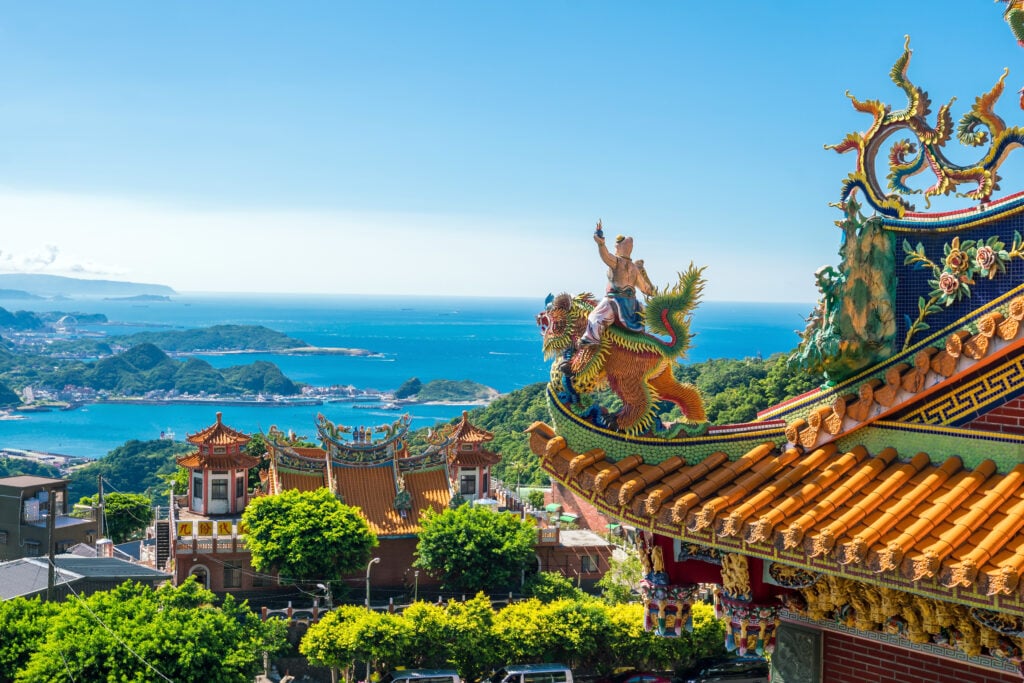
The first stop on any Taiwanese trip is bound to be the capital Taipei. This dynamic city, one of our top 10 cities to expatriate to, perfectly blends modernity and authenticity, with its ultra-modern districts and historic relics. Taipei offers a very pleasant environment to discover, and its excellent public transport network, including metro and bus, makes getting around a breeze. It's the ideal place to enjoy exceptional sites and top-quality museums. And don't forget to soak up the culture of the night markets, which are a veritable institution on the island. Explore the old quarters and the financial center, where you'll find cosy cafés, traditional restaurants and boutiques of all kinds. In short, Taipei is one of Asia's most pleasant capitals!
1. What to see in Taipei Taipei 101 Tower
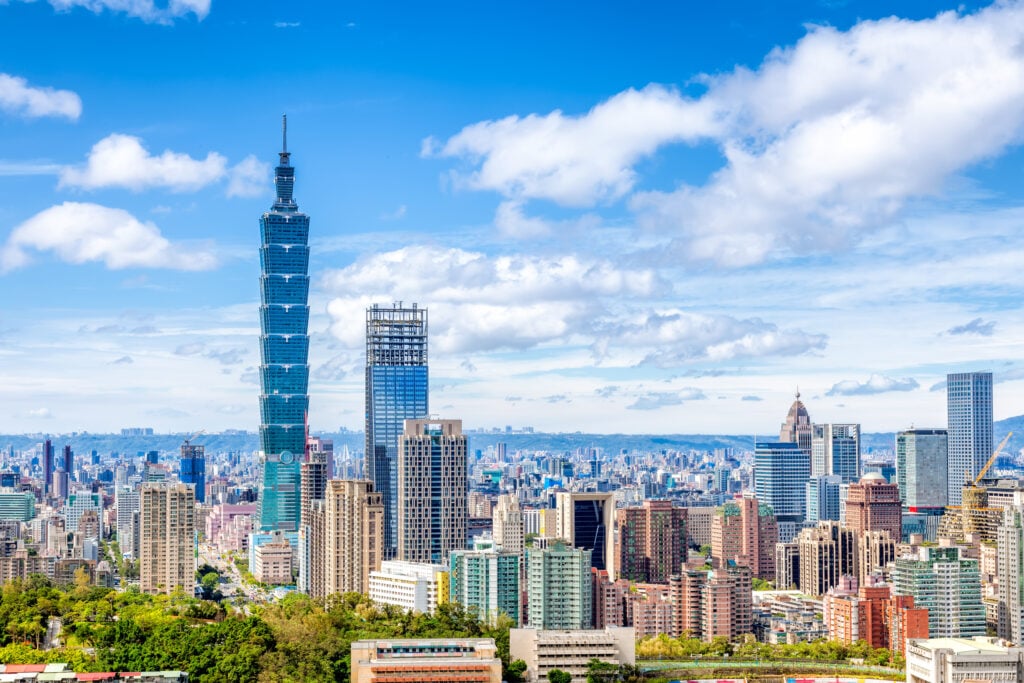
Here's one of the most popular attractions in Taiwan, an authentic and diverse destination! The 101-storey, 508-metre Taipei 101 was once the world's tallest skyscraper, until the inauguration of the Burj Khalifa (Dubai) on January 4, 2010. Nevertheless, Taipei 101 remains an architectural masterpiece not to be missed. You'll be impressed not only by the exceptional view from its observatory, but also by its architectural elegance. Designed by architect C.-Y. Lee, the building incorporates classical elements of Chinese art, evoking a bamboo tree with each floor representing a knot or a flower in full bloom. The elevators to the observatory are the fastest in the world. Once up there, the view is spectacular, and for the more adventurous, it's even possible to take a walk outside (weather permitting).
Take advantage of skip-the-line access and avoid the long wait for this popular Taipei attraction by booking your ticket right here !
2. The National Palace Museum
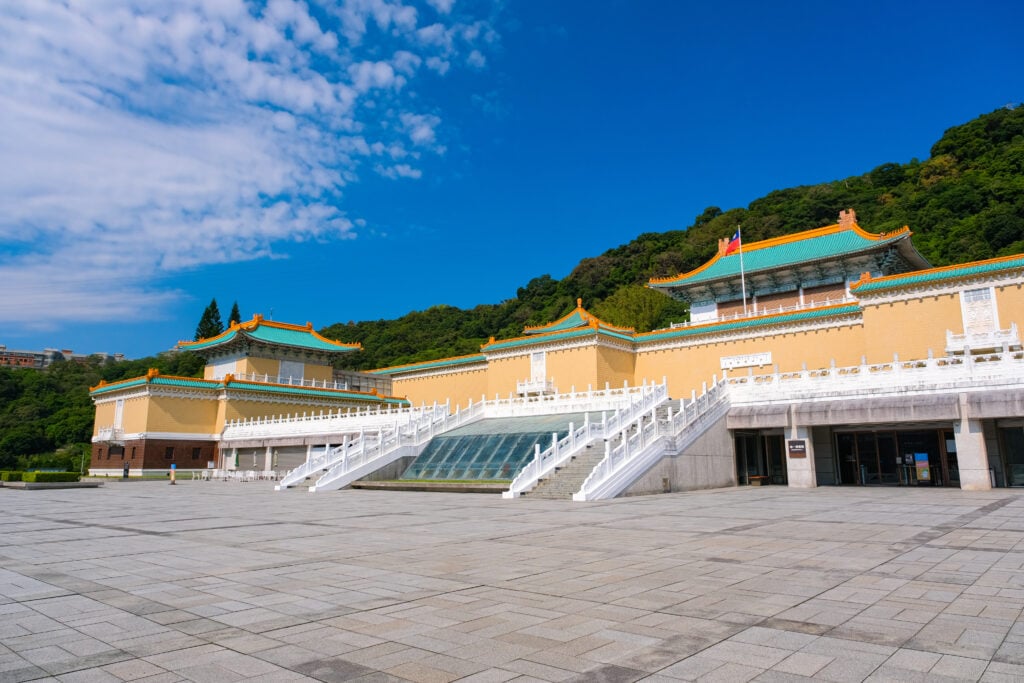
If you had to choose just one place to explore in Taiwan, this would certainly be it. The National Palace Museum is a sanctuary of art that holds five thousand years of Chinese civilization (remember to book your entrance ticket right here in advance, you'll avoid the wait;° Nestled into the hillside, the building seems to merge with the rock, so much so that the Taiwanese say they've hidden their national treasures in the mountain... There's some truth in this joke, as only 15,000 pieces from the collection, which totals 650,000 - twice as many as the Louvre - are on display. The rest are meticulously preserved in galleries carved out of the mountain, protected by air-conditioned rooms! To explore the museum and its precious porcelains, bronzes, pottery, cult objects, clothes, paintings and partitions, you need to plan at least a day's visit. English-speaking guides are available. After the visit, the charming Chih Shan Park, located below the main museum building (on the left), offers a peaceful setting in which to relax, with its beautifully designed wooden buildings.
3. What to visit in Taipei Chiang Kai-shek Memorial
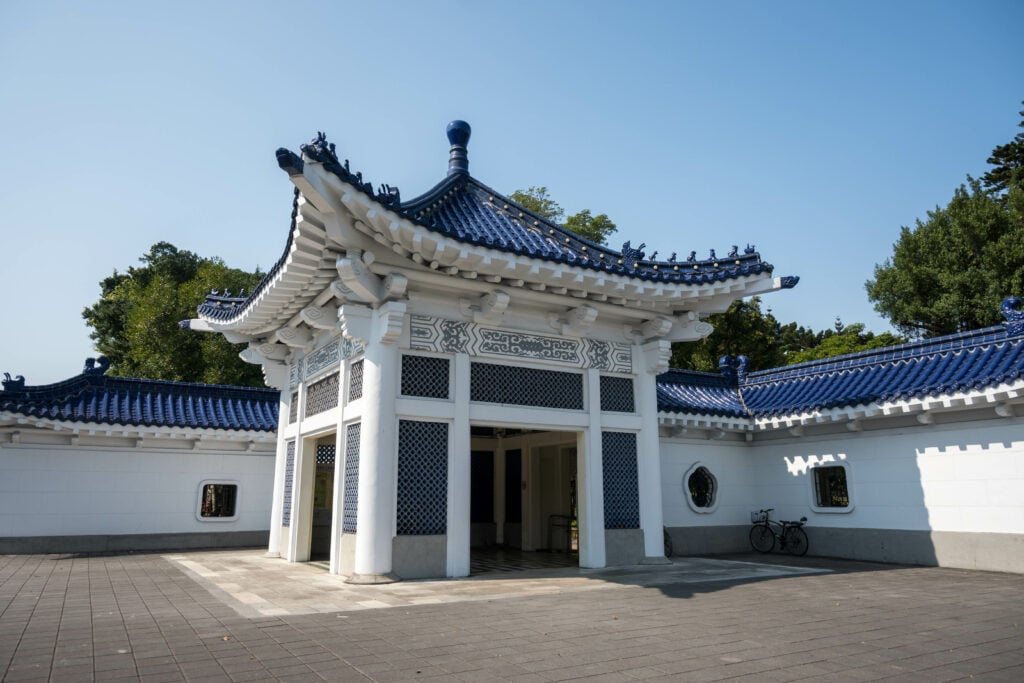
A place of pilgrimage for many Taiwanese who came to pay homage to the man who ruled the island for almost thirty years, the Chiang Kai-shek Memorial was opened to the public on April 5, 1980, five years after the president's death. This gigantic white marble building, 76 m high, overlooks a beautiful 25-hectare garden. In the main hall stands a 25-tonne bronze statue of the late president, before which soldiers of the National Guard stand up every hour. The main entrance (30 m wide by 80 m long), designed in Ming architectural style, faces the Kulun mountains in mainland China, a sign that Chiang had always hoped to return to his homeland. Its originality lies in the octagonal design of the roof, borrowed from Beijing's Forbidden City, with each side representing a moral principle (fidelity, piety, altruism, trust, love, bravery, harmony and peace). Behind the gate, a vast 200 m-long paved square stretches up to the memorial, with the National Theater and the National Concert Hall on either side. Hundreds of shows are held in these halls.
4. Shilin night market
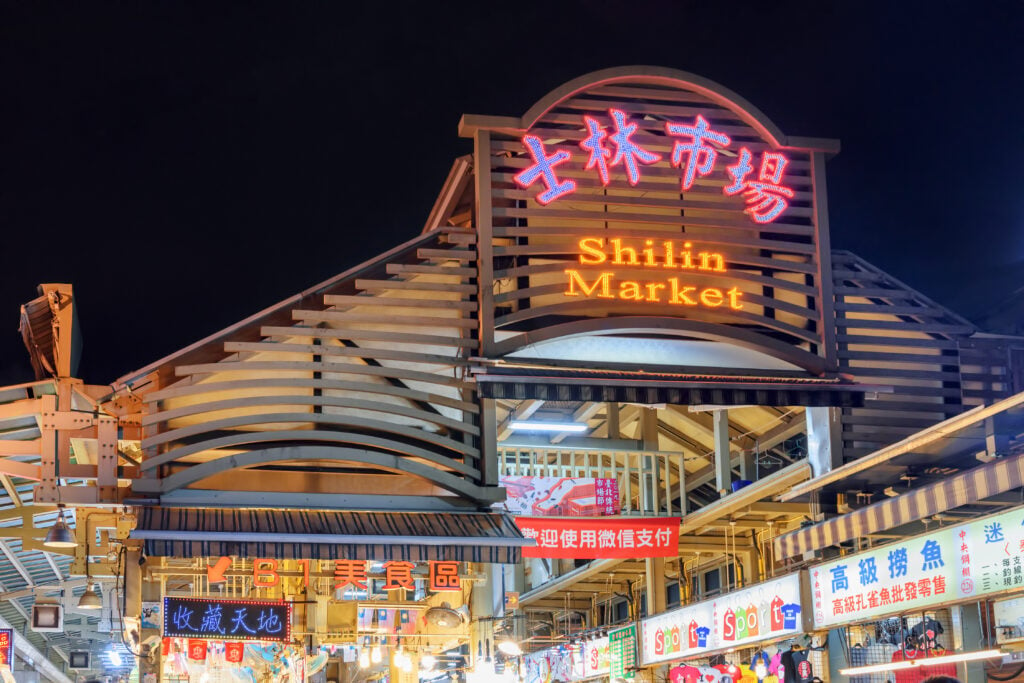
Taipei's night market par excellence! Established in 1899, the Shilin market is not only its halls, but also the streets Datun, Danan, Wenli... These extensions have become shopping havens: ready-to-wear clothes, leather goods, gadgets, jewelry... The destination of choice for fashion addicts, Shilin is home to the most fashionable items: from trendy sneakers to young designer discoveries and the latest Hello Kitty collections, Shilin has something for everyone. But you'll also find fortune-telling services, toy stores, CD stores and more... In the oldest part of the market, restaurants abound, offering a wide variety of culinary specialties: grilled meats, pearl tea, Chinese noodles, sugar-coated fruit, oyster omelettes, sausages, fried tofu... Among the delights on offer are Taiwanese ice creams, light years ahead of those found in France.
5. What to visit in Taipei Songshan Cultural and Creative Park
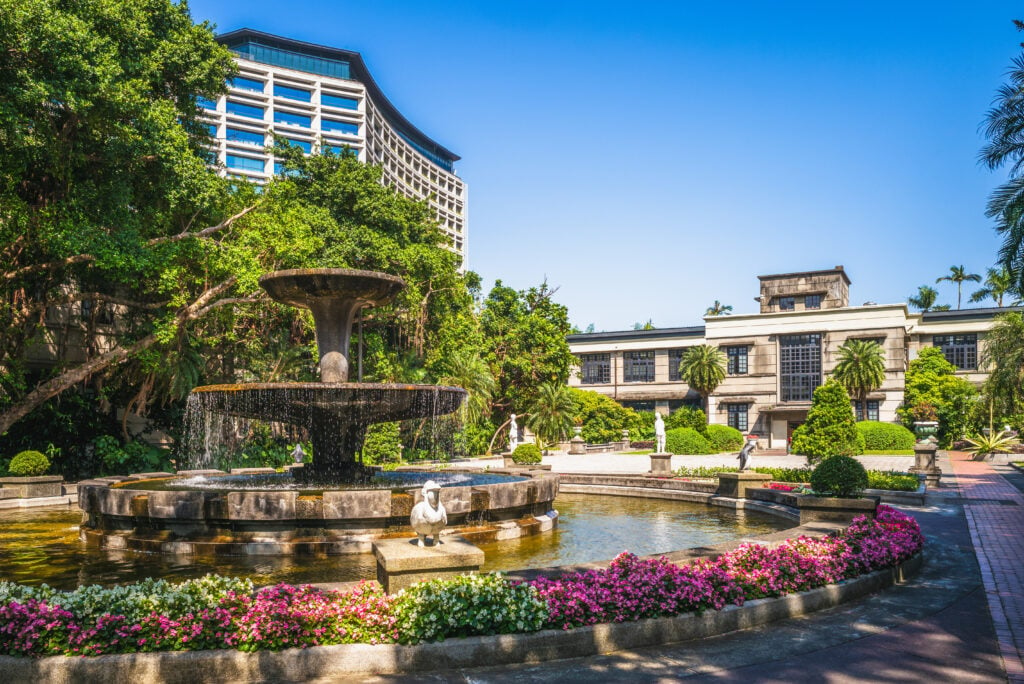
Just opposite the Sun Yat-sen memorial, the Songshan Cultural and Creative Park is Taipei's latest fashionable attraction. Founded in 1937 by the Japanese colonial government, this former tobacco factory has been transformed into an exhibition center brimming with boutiques, art galleries, cafés and a small design museum. The place is remarkable, offering a captivating immersion in the past: most of the factory's structures have been carefully preserved and renovated. Numerous events are held here on a regular basis. At weekends, the small park hosts stalls where artisans come to offer their creations.
6. Doctor Sun Yat-sen National Memorial
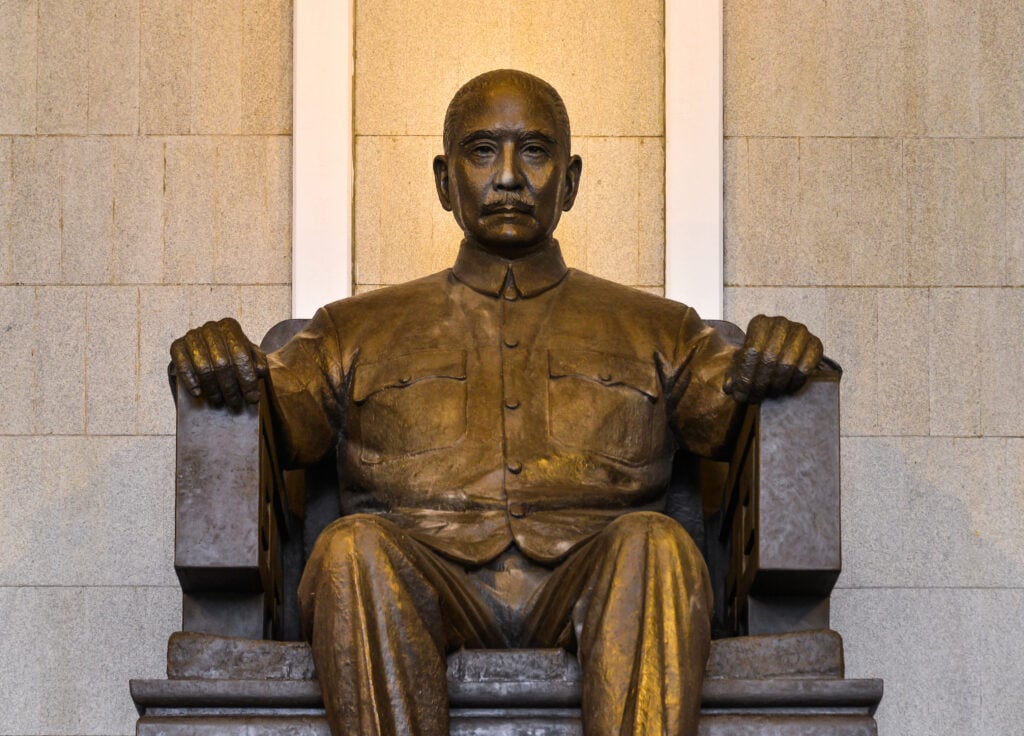
In the mid-1960s, Chiang Kai-shek expressed a desire to pay tribute to Dr. Sun Yat-sen, considered the founding father of modern China. A competition was launched for the design of a monument in his honor, won by architect Wang Da-hong, already renowned for projects such as the Ministry of Foreign Affairs. After Chiang Kai-shek modified the initial plans to reflect the canons of classical Chinese architecture, the majestic building was erected in 1972. Sun Yat-sen's official funeral was held here in 1975, since when it has become a symbol of the city. Taipei's residents love to come here to stroll in the park, practice tai chi or even improvise dance lessons. On Sundays, the esplanade is invaded by skaters and skateboarders. Inside the National Memorial is an imposing bronze statue of Dr. Sun Yat-sen, 6 metres high and weighing almost 17 tonnes, in front of which visitors watch the changing of the guard every hour. The galleries on the upper floors host permanent exhibitions of Chinese painting and calligraphy, as well as temporary exhibitions.
7. What to visit in Taipei Taipei Museum of Fine Arts
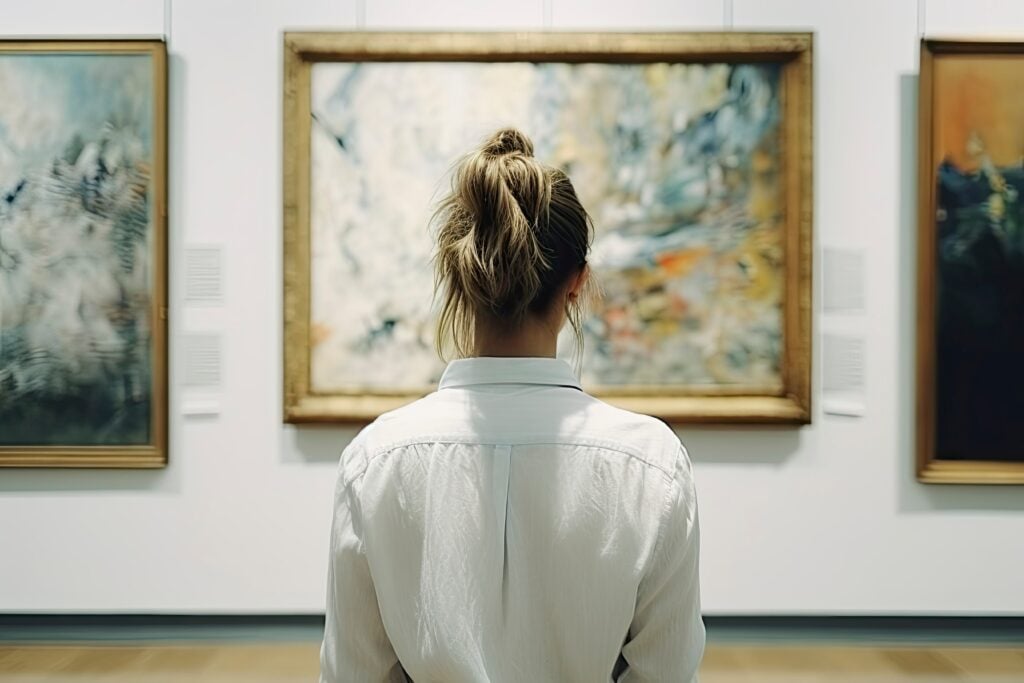
The Taipei Fine Art Museum (TFAM) is the island's leading contemporary art museum. It has been delighting art lovers since 1983. Spread over three floors, it presents thousands of works by Taiwanese and foreign artists alike. This superb collection offers a highly interesting panorama of twentieth- and twenty-first-century art. In addition to its permanent collection, the museum regularly organizes high-quality temporary exhibitions. Its modern architecture, with bronze statues at the entrance, reflects the innovative nature of the works it houses. In short, a visit to this museum is a must for anyone passing through Taipei.
8. Longshan Temple
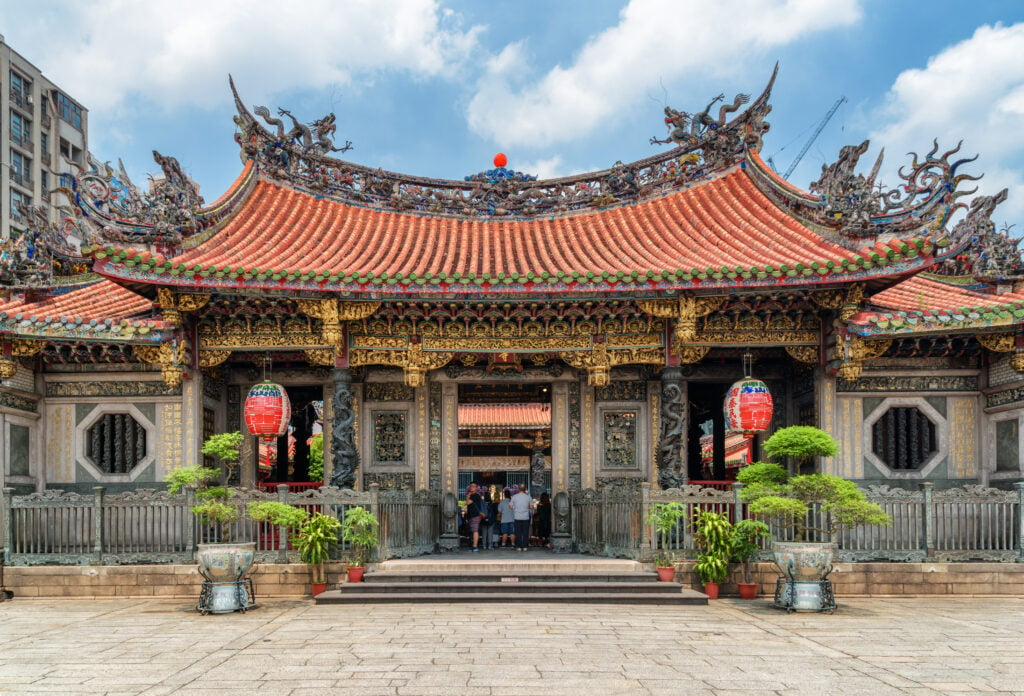
Little remains today of the original temple erected in 1638. Longshan Temple has been rebuilt three times. In 1815, it was destroyed by an earthquake, in 1867, a typhoon damaged it shortly after its restoration, and in 1945, it was severely damaged by Allied bombing, with the miraculous exception of the statue of Guanyin, which remained intact. Restoration, carried out by Taiwanese master craftsmen, was completed in 1957. Longshan Temple, also known as "Dragon Mountain", takes its name from the many dragons adorning its roof. Despite the vicissitudes of time, veneration for this temple remains intense and it remains one of Taiwan's most emblematic sites. In the square in front of the temple, the elderly gather to play mahjong, dance or simply chat. For its rich history and the symbols it embodies, Longshan Temple is a must-see.
9. What to visit in Taipei Beitou Hot Springs Museum
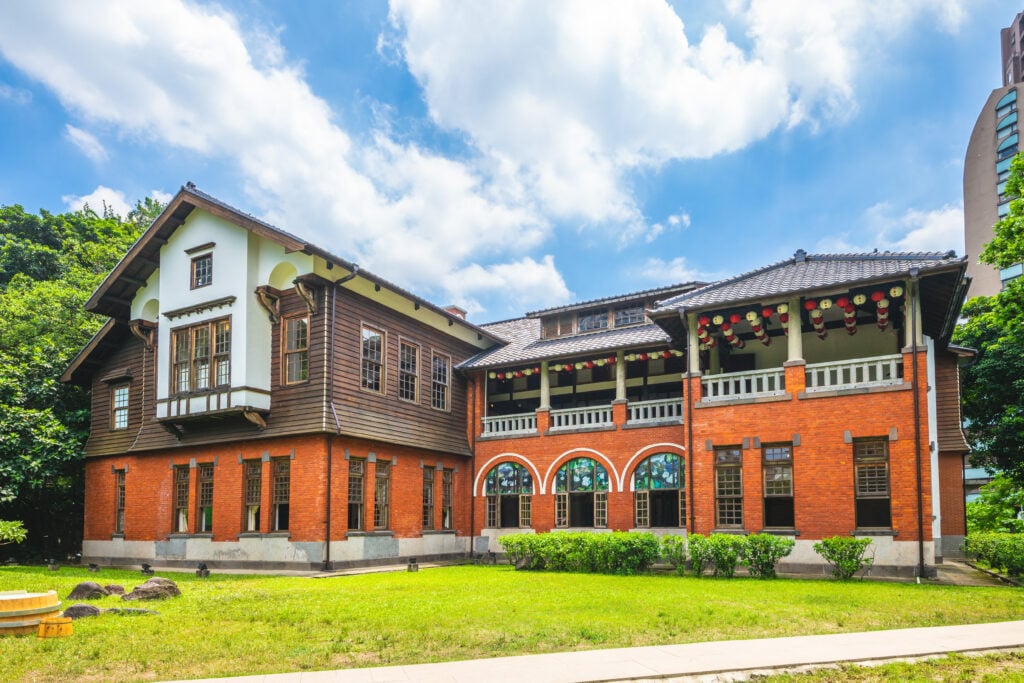
It was the Japanese who introduced bathing culture to Taiwan. Although the island had a rich heritage of hot springs, the locals did not practice this activity. Built in 1913 in Victorian style, this establishment, surrounded by a magnificent garden, overlooks the Beitou River. At the time, it was the largest spa in Asia, inspired by the architecture of the baths on Japan's Mount Izu. After decades of neglect, the site was rediscovered by a schoolmaster and his pupils. In 1998, the Beitou baths were restored to their original condition and transformed into a museum. Inside, a 15 x 6-meter pool and a large room with tatami mats recreate the atmosphere of the time. Stained-glass windows add a magical touch when illuminated by the sun, and a small cinema reminds us that Beitou was a popular film location, dubbed the "Hollywood of Taiwanese cinema".
10. Yangminghsan Park
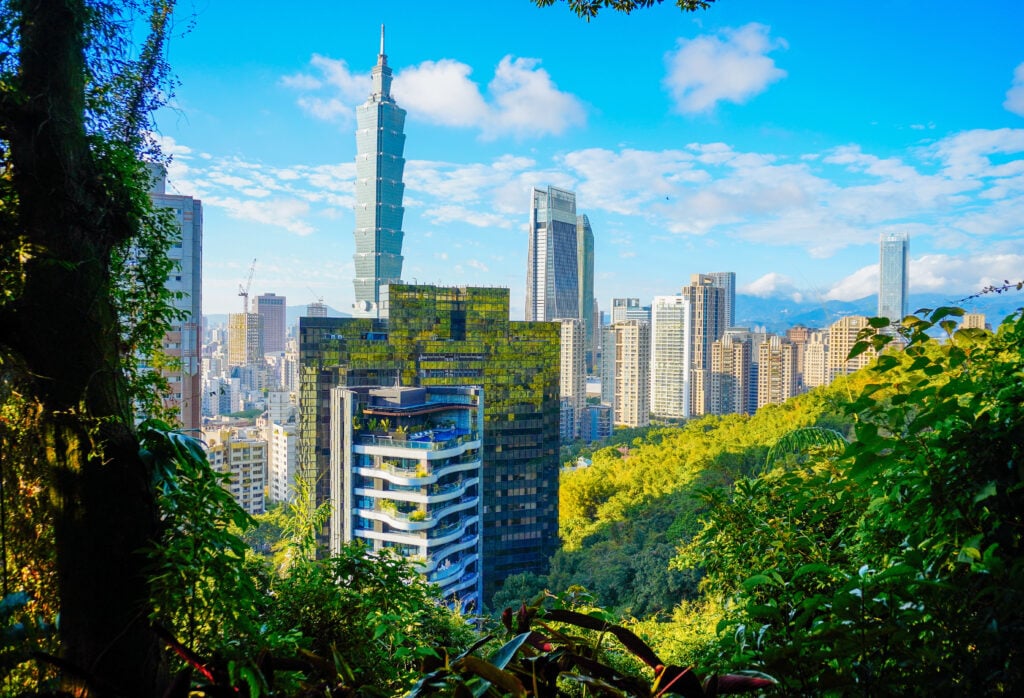
Probably the most accessible and enjoyable of the "nature" escapades to be undertaken from Taipei! Yangmingshan is Taiwan's smallest national park, covering 11,455 hectares and established on September 16, 1985. Located in Taipei district, it also extends into Shilin and Beitou districts. Yangmingshan Mountain emerged several million years ago when the Philippine Plate collided with the Eurasian Plate. This collision gave rise to volcanic activity, with molten magma covering northern Taiwan, forming the Datun volcanic group, of which the 20 mountains in the park are a part , rising between 200 and 1,120 metres above sea level.
11. The port of Tamsui
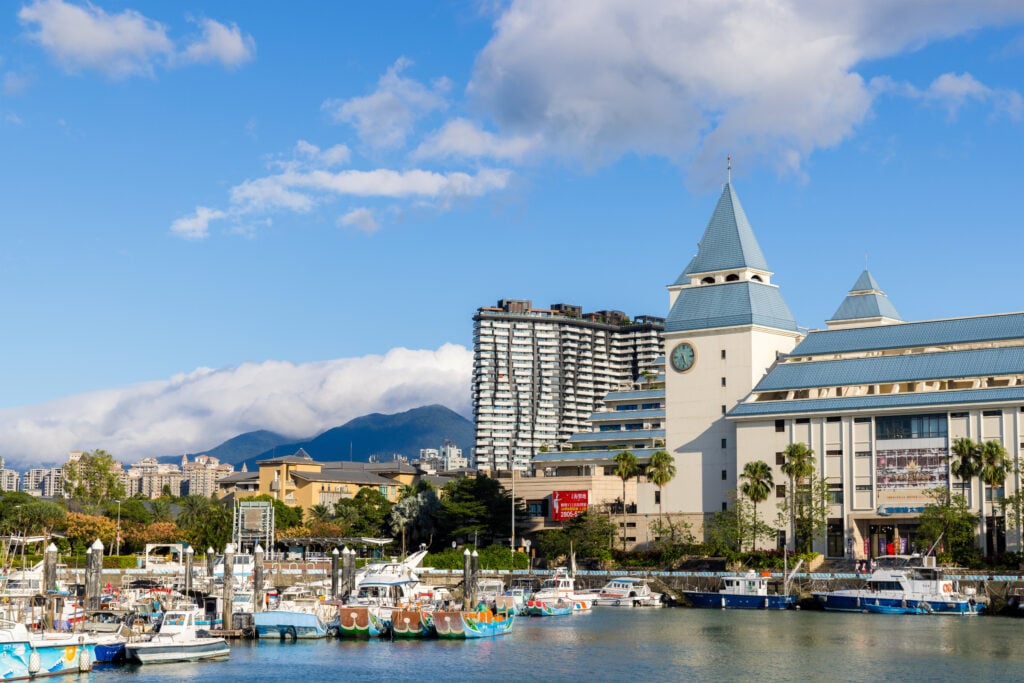
For a long time, the name Tamsui (literally fresh water) referred to the banks of the river of the same name and part of the Taipei basin. Today, the name refers only to the city at the mouth of the eponymous river. In the 19th century, Tamsui's strategic position made it the country's leading port. Chinese and foreigners alike traded here. Gradually, trade shifted to Keelung and Tamsui's commercial function declined. Nevertheless, the town has preserved a significant historical heritage - the result of successive waves of occupation by the Spanish, Dutch and Japanese - and is one of the must-sees on the north coast. We recommend visiting Tamsui at weekends, when many Taipei residents come to spend the day. Atmosphere guaranteed!
12. What to do in Taipei Shopping

Bright neon lights, endless stalls, gigantic shopping malls, night markets... The staging is divinely crafted: it's impossible to leave Taipei without having given in to shopping fever, especially since it's even more impossible to have second thoughts, given the very attractive prices charged in the majority of shops! Haggling is common practice in markets, but not in other stores. Traditional markets fall into two categories: day markets, which open their doors in the morning between 6 and 7 a.m., and night markets, which start to come alive at 6 p.m.: some offer street food, others gadgets, clothing and everyday products.
13. Taste Taiwanese cuisine
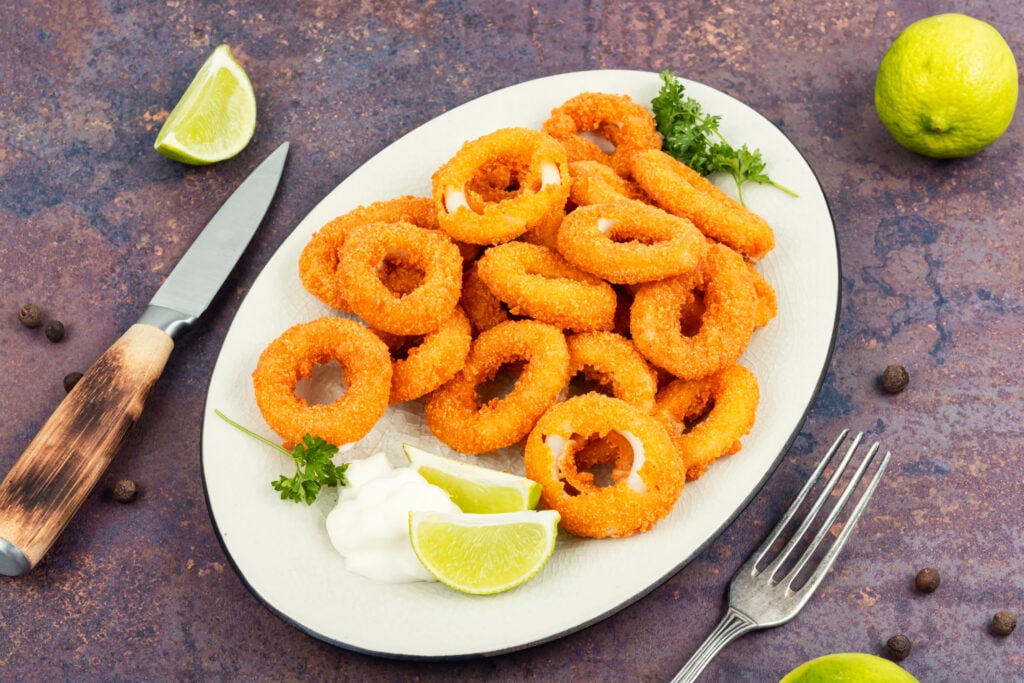
Influenced by the cuisine of the first Fujian emigrants and the Hakkas, Taiwanese cuisine adapts Chinese recipes to local specificities and is one of our 7 good reasons to go on vacation to Taiwan. Seafood is one of the mainstays of Taiwanese cuisine. Main dishes include oyster omelette (kezai jian), fried squid, seafood porridge, squid stew... Taiwanese cuisine has been enriched not only by the know-how of the island's successive emigrants, but also by that of the aborigines - whose specialties include glutinous rice cooked in bamboo stalks and game - and by culinary influences from abroad, especially Japan. The preparation of tofu (soy bean cheese) bears witness to this heritage.
Where to stay in Taipei?
The Wanhua and Datong districts are home to the cheapest hotels and hostels. Near the Ximen metro station, a number of luxury hotels enjoy an excellent reputation. Linsen Road is the preferred district for businessmen. The best and most expensive hotels are located near Tower 101.
- The best view: AMBIENCE HOTEL
This boutique hotel is located on Chang'an Road, one of the city center's busiest shopping streets. Here, everything is white or in shades of white, and the rooms are tastefully decorated. The service is attentive! The suites on the top floors boast magnificent views. Click here to book your stay!
- The most luxurious: GRAND HYATT TAIPEI
Near the 101 Tower, this immense luxury hotel features 856 chic and elegant rooms and suites, which you can book right here. Facilities include a swimming pool, fitness center, beauty salon, five restaurants and a nightclub.
- The most emblematic: the GRAND HOTEL
Built in 1952, the Grand Hotel is a Taipei landmark. Disproportionately large and built in the Chinese tradition. It dominates the city and is chosen to welcome all officials visiting the capital. At least go and have a look!
What to see in Taipei in 4 days
Day 1: Start with the Chiang Kai-shek memorial. It's worth visiting early in the morning, when the tai-chi enthusiasts are there. Then head for Peace Park and the National History Museum.
Day 2. Head for the Taipei Fine Arts Museum to get an idea of the island's contemporary art. In the evening, head for the city's (and the country's) liveliest night market, Shilin Market.
Day 3. Visit the National Palace Museum, whose heritage is such that a whole day is not enough to take in the entire imperial collection.
Day 4. Around Taipei, it's easy to indulge in the national pastime: bathing in the hot springs. Two spas surround the city: Peitou and Wulai.


